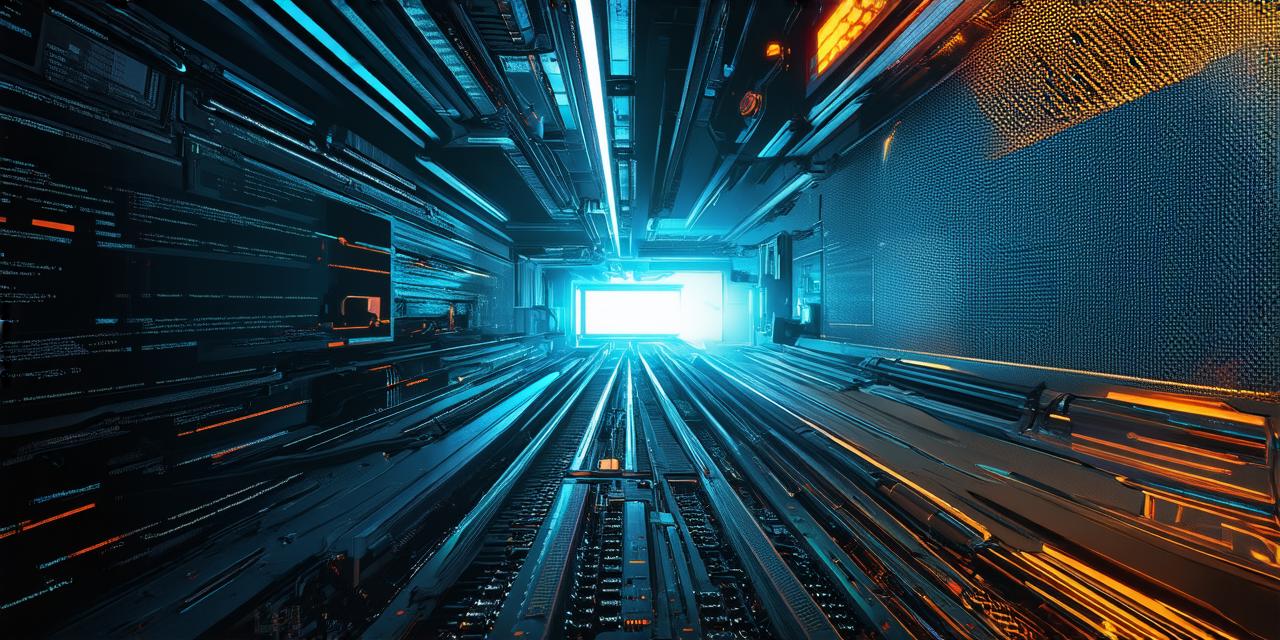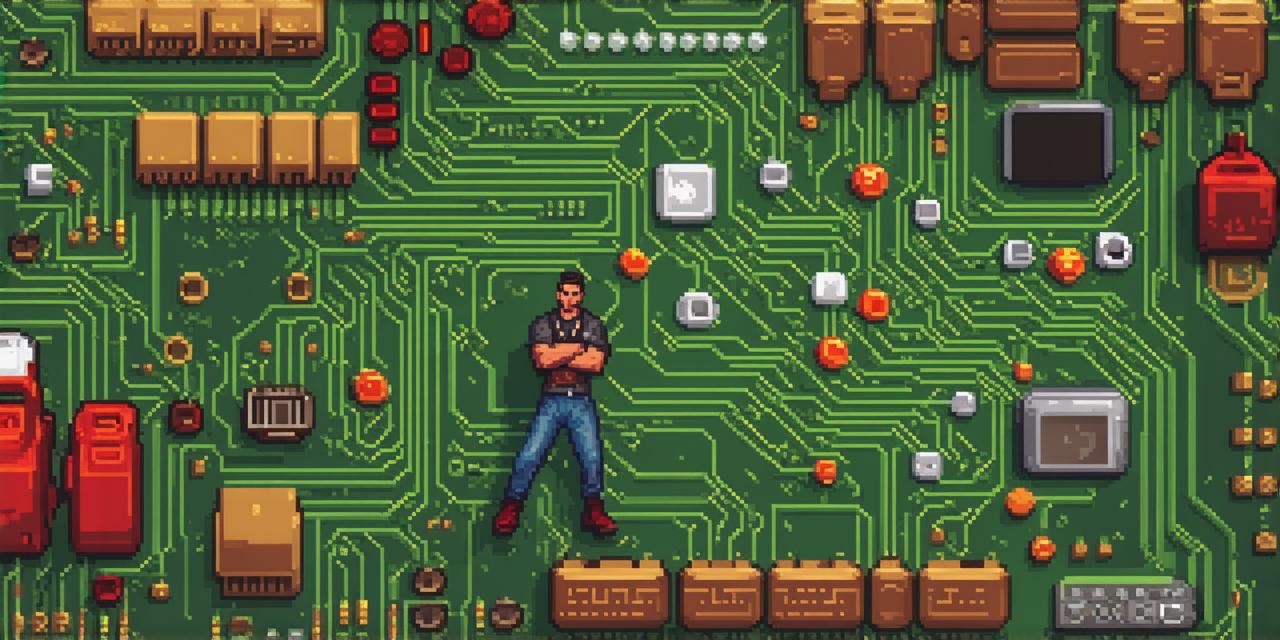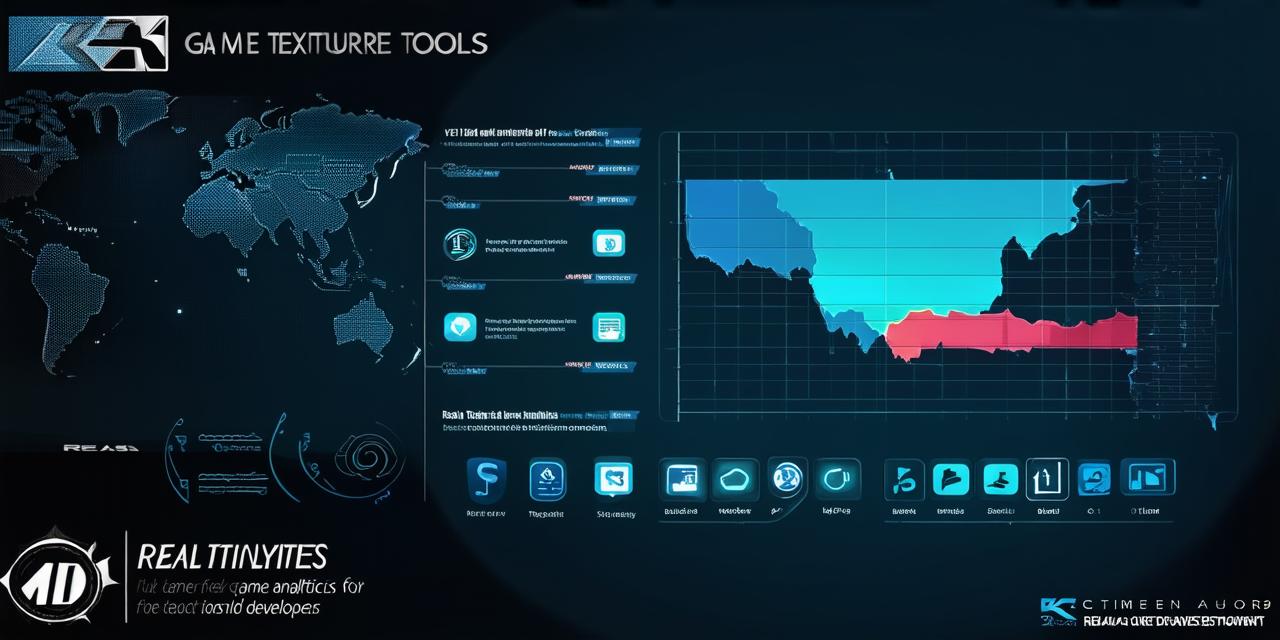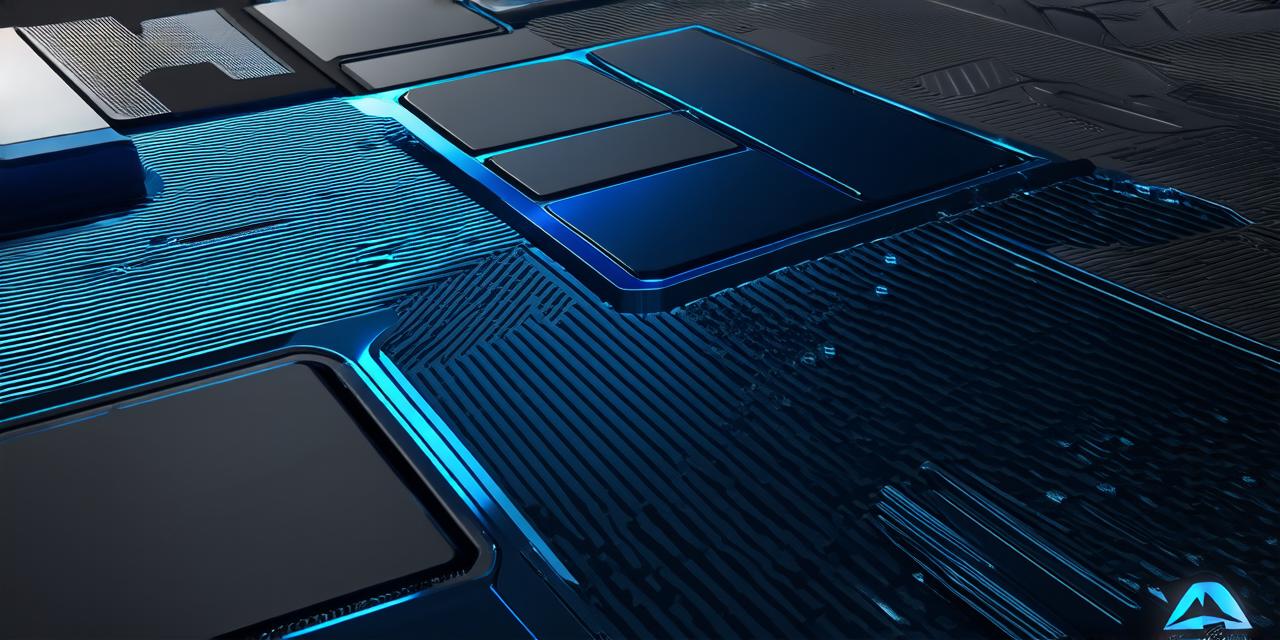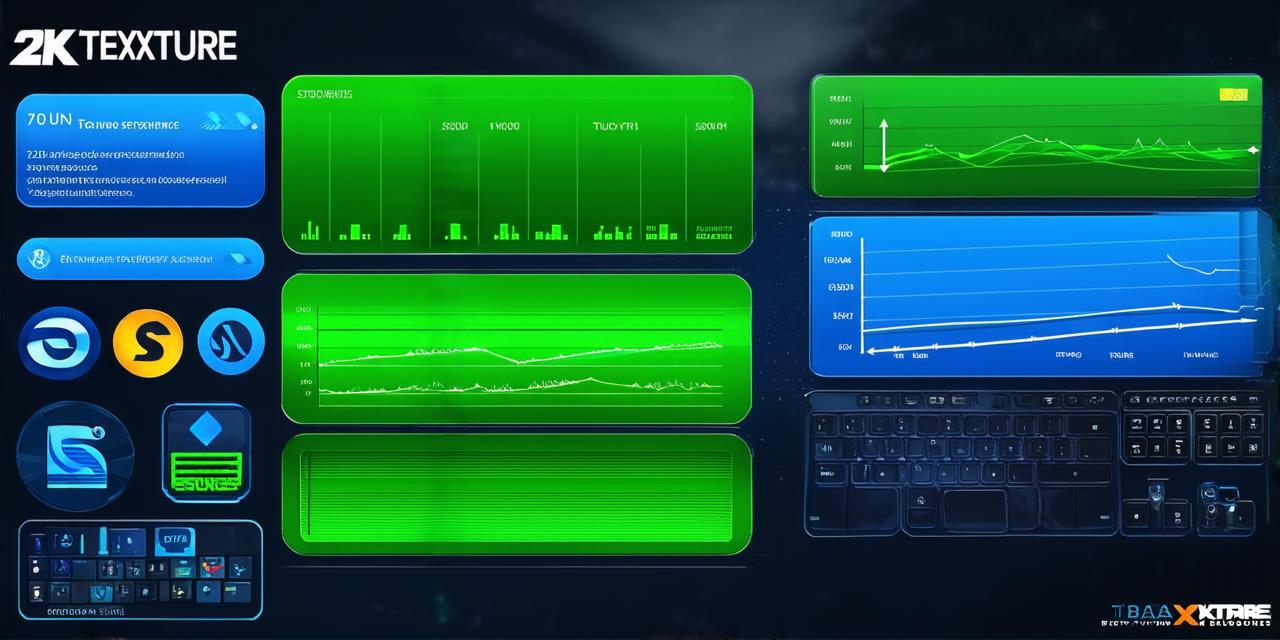What Game Developers Do: A Comprehensive Guide
Game development is an ever-evolving field that requires creativity, technical expertise, and a passion for creating immersive and engaging gaming experiences. In this comprehensive guide, we will explore the various aspects of game development, from conceptualization to launch, and everything in between.
1. Conceptualization: Bringing Ideas to Life
The first step in game development is conceptualization, where game developers brainstorm ideas for new games, create storylines and characters, and design the overall gameplay mechanics. This stage involves a lot of research, analysis, and experimentation to ensure that the game concept is not only unique but also appealing to the target audience.
For example, when developing the popular video game, Minecraft, Markus Persson (also known as Jeb) spent months brainstorming and prototyping different gameplay mechanics and ideas before settling on the block-building simulation. His passion for creating an engaging and immersive gaming experience led to the development of one of the most successful games of all time.
2. Pre-Production: Planning and Design
Once the concept has been finalized, the pre-production stage begins. This involves creating detailed game design documents (GDDs), which outline the game’s mechanics, storyline, characters, and levels. The GDD also includes technical specifications, such as hardware requirements and programming languages, to ensure that the game is compatible with a wide range of devices and platforms.
In addition, pre-production involves creating concept art, character models, and level designs to give developers a clear visual representation of the game’s world and characters. This helps to ensure consistency throughout the development process and provides a solid foundation for the game’s final product.
3. Production: Building the Game
The production stage is where the actual game development takes place. This involves writing code, creating assets such as textures and animations, and implementing various gameplay mechanics. The production team also works closely with the pre-production team to ensure that the game’s design remains consistent throughout the development process.
During this stage, game developers use a variety of tools and software to create the game’s visual and audio elements. These include game engines such as Unity and Unreal Engine, which provide a framework for developing games across multiple platforms. Game developers also use specialized software for creating textures, animations, and sound effects.
4. Post-Production: Testing and Launch
Once the game has been built, it enters the post-production stage, where it undergoes rigorous testing to ensure that it is bug-free and ready for launch. This involves finding and fixing any technical issues, as well as ensuring that the game is optimized for performance and compatibility across different devices and platforms.
After the game has been thoroughly tested, it is launched on various gaming platforms such as PC, consoles, and mobile devices. The launch stage also involves promoting the game through various marketing channels to generate interest and attract players.
5. Maintenance: Keeping the Game Alive
Once a game has been launched, it enters the maintenance stage, where developers continue to update and improve the game based on player feedback and new technologies. This can include adding new levels, characters, and gameplay mechanics, as well as fixing bugs and improving performance.
In addition to ongoing development, game developers also need to keep up with changing trends in gaming and technology to ensure that their games remain relevant and engaging. This requires a constant commitment to learning and innovation, as well as a willingness to adapt to new technologies and platforms.
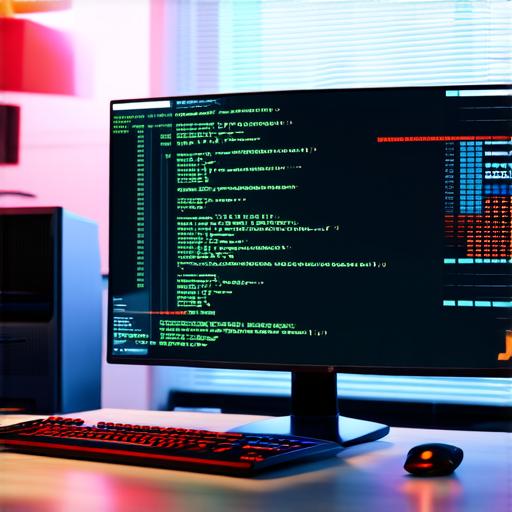
Summary
Game development is a complex and ever-evolving field that requires creativity, technical expertise, and a passion for creating immersive and engaging gaming experiences.
